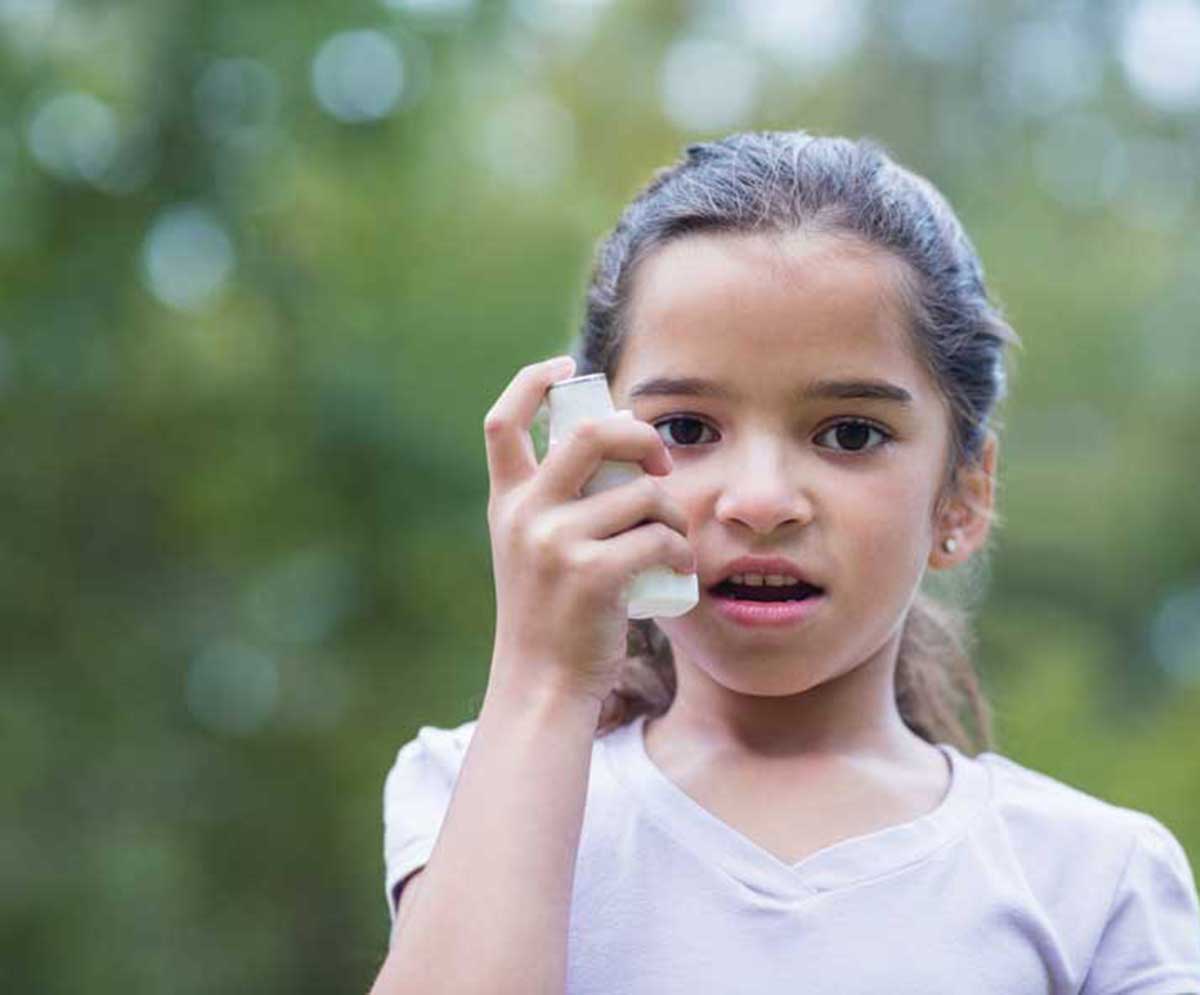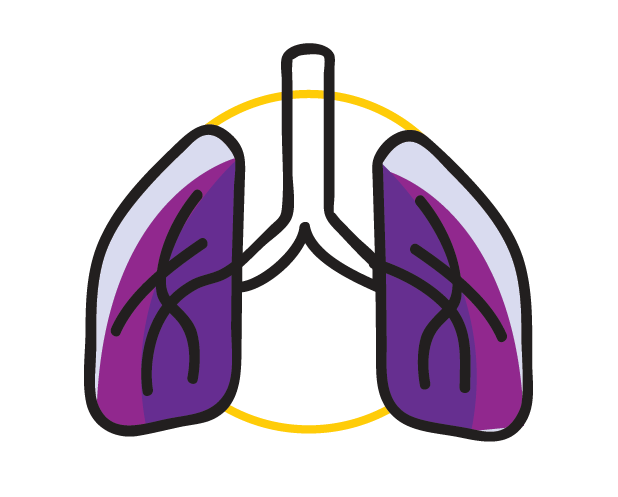A new generation attacks asthma
Asthma research course has far-reaching benefits for students and communities

In spring 2016, Julia Jozefowski ’17 participated in an undergraduate nursing elective course called Asthma Interventions in the Community, in which nursing students learn as much from doing — teaching schoolchildren about asthma — as from classroom instruction.
Childhood asthma is a major public health problem for the pediatric population, with about 10 percent of all children being diagnosed with asthma, according to the instructors, Decker Assistant Professor Judith Quaranta ’79, MS ’98, PhD ’13, and Clinical Associate Professor Fran Srnka-Debnar ’86, MS ’90, PhD ’15. This leads to increased school absenteeism, emergency room visits and hospitalizations.
The two developed the course, introduced in 2015, to simultaneously address the asthma problem while increasing undergraduate students’ knowledge of the disease and how to intervene in order to improve asthma outcomes. The course also fosters students’ interest in research while boosting their confidence in employing research techniques as part of their work.
Jozefowski and her classmates completed training offered by the Collaborative Institutional Training Initiative program, a project dedicated to promoting the public’s trust in the research enterprise, as well as the American Lung Association’s (ALA) facilitator training for the Open Airways for Schools curriculum, which teaches students what asthma is and how they can control it.
Additionally, students receive intense training on asthma management based on guidelines from the National Heart, Lung and Blood Institute. “This not only improves asthma outcomes locally, but also increases the number of healthcare professionals with experience in asthma management,” says Quaranta. “To date, more than 300 nursing students have become certified as Open Airways facilitators, and more than 500 children have completed the program,” adds Srnka-Debnar.
“We worked with small groups of elementary school students, meeting with them for about an hour a week over six weeks,” says Jozefowski. “We conducted a pretest on their knowledge of asthma. Then we did a post-test when the program was complete, and we found there was a significant increase in knowledge. The kids knew more about asthma and they had more confidence in their ability to control it.”
Response for the course, which is offered every semester, has been overwhelming, the professors say. Initially capped at 10 students, the course has been expanded to accommodate 41 students. About 50 percent of students return each semester to hone their research skills.
“I had a particular interest in asthma,” Jozefowski says. “I also had a particular interest in practicing my teaching skills. And I really liked how I was able to participate in research in such an interactive way … in a way that allowed me to really engage with community members. It was exciting.”
Students who repeat the course have an opportunity to conduct research above and beyond what they did in the schools during their first semester. In just two years, participants have conducted research on a wide range of subjects related to asthma, and many of them have gone on to present their research at significant conferences.
Analysis of data collected during the program has produced some valuable findings. Significant numbers of children, for instance, have been found to have potentially undiagnosed asthma. The professors have addressed that concern with other ALA education programs offered through Head Start and Early Head Start. Additionally, they have used geographic information system mapping to determine if children in this undiagnosed group were living in neighborhoods that predispose or worsen asthma. “This knowledge allows us to focus our interventions in the most-needed areas,” Quaranta says.
The course has several important advantages in addition to achieving its primary goals, she adds. “There aren’t a lot of undergraduate, research-based learning opportunities.”
Research experience, in turn, makes an attractive résumé credential for graduate school applicants, and that’s important because there’s “a huge shortage in nursing faculty,” Srnka-Debnar says.
Another significant advantage of the course, she adds, is that it provides a pediatric experience for students. “Most of the kids aren’t treated in hospitals. They’re treated at home and by their personal physicians. Little kids love the teaching from the nursing students. It’s wonderful to watch the interaction.”
The professors note that the ability to impact asthma outcomes becomes far-reaching as graduates relocate throughout the United States and bring their expertise with them.
“Being involved in research shows employers that you are able to think critically, that you engage in professional experiences beyond your coursework,” Jozefowski says. “It’s so important, as a nurse, to understand where the information you are relying on comes from.
“I also feel like being involved in the undergraduate research course for two years allowed me to develop my leadership skills. I went from being mentored by senior students to becoming the mentor for younger students.”


